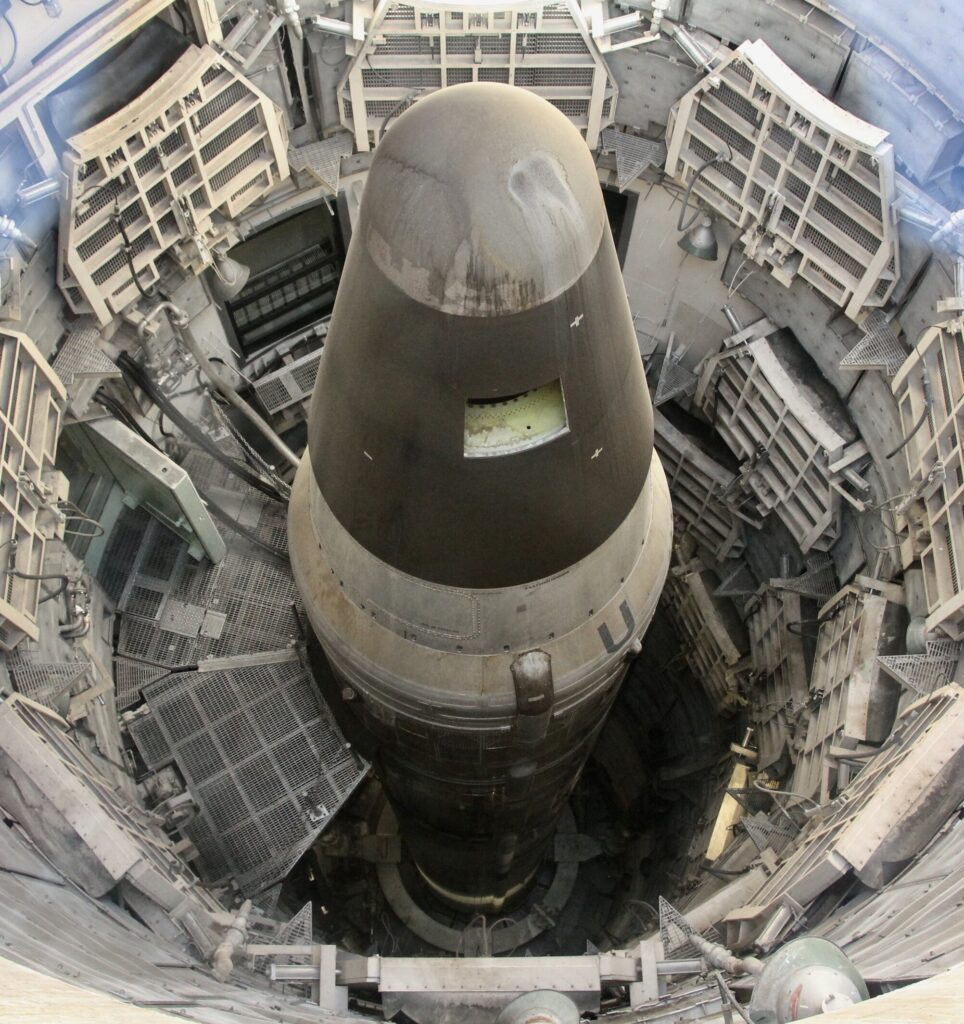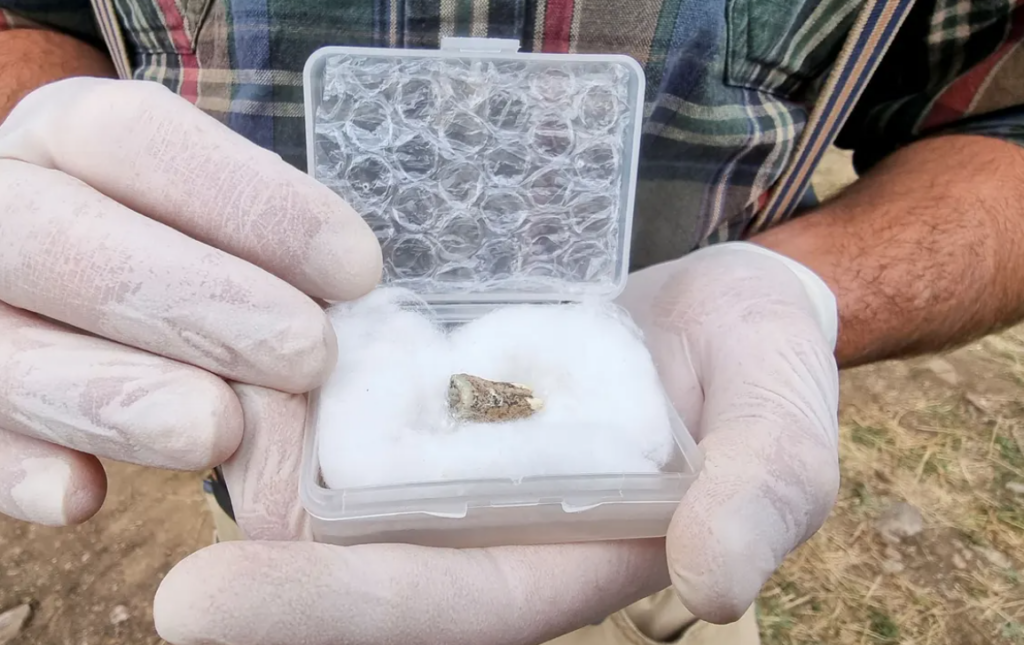The Vanguard 1 satellite, launched by the United States in 1958, holds unique archaeological significance as the oldest human-made satellite still orbiting Earth. Though it was only the fourth artificial satellite successfully placed in orbit, Vanguard 1 set several space-age records, some of which stand over 60 years later (Dunbar, 2018). With no way to propel or navigate itself, Vanguard 1 serves as a virtual time capsule, recording six decades of human technological progress.

In the context of the Space Race between the United States and Soviet Union, Vanguard 1 epitomized both national prestige and scientific experimentation. Weighing just 1.47 kg, the rudimentary satellite used two radio transmitters to study the shape of Earth and test the effects of space weather and orbital environment on satellite components (NASA, n.d.). After more than 240 million miles traveled, Vanguard 1 remains in excellent condition and likely will survive for at least another two centuries in orbit (Amos, 2018).
While vastly more sophisticated satellites launched in subsequent decades have since gone defunct, Vanguard 1 continues transmitting a faint signal that tells archaeologists about early space-faring methods and priorities. According to Alice Gorman (2013), space archaeologist at Flinders University in Australia, relic satellites like Vanguard 1 are primary sources for studying the technology and politics of the past. The ability of basic satellites to endure in orbit for far longer than intended offers insight into original engineering constraints and the unexpected durability of the earliest space hardware.
Much as ancient ruins on Earth offer a glimpse into old civilizations, Vanguard 1 and a handful other early satellites serve as time capsules from the dawn of the Space Age. Their longevity in the harsh environment of space is a testament to pioneering space science as well as a baseline record of sixty years of anthropogenic change. If orbital satellites are a defining feature of modern civilization, then Vanguard 1 represents the beginnings of that capability – the foundations of an archaeological record of humanity’s expansion into outer space.

Suggested readings
https://www.nps.gov/places/titanmissilemuseum.htm
Joseph Howard
Sources:
Amos, J. (2018). Early satellites reveal artefacts of Cold War. BBC News. Retrieved from https://www.bbc.com/news/science-environment-43558254
Dunbar, B. (2018). 60 Years: The First Satellite, the Race to Space. NASA. Retrieved from https://www.nasa.gov/feature/60-years-ago-the-first-satellite-launches-the-space-age
Gorman, A. (2013). The Archaeology of Orbital Space. In P. J. Capelotti (Ed.), Archaeologies of the Future: The Desire Called Utopia and Other Science Fictions. Syracuse University Press.


